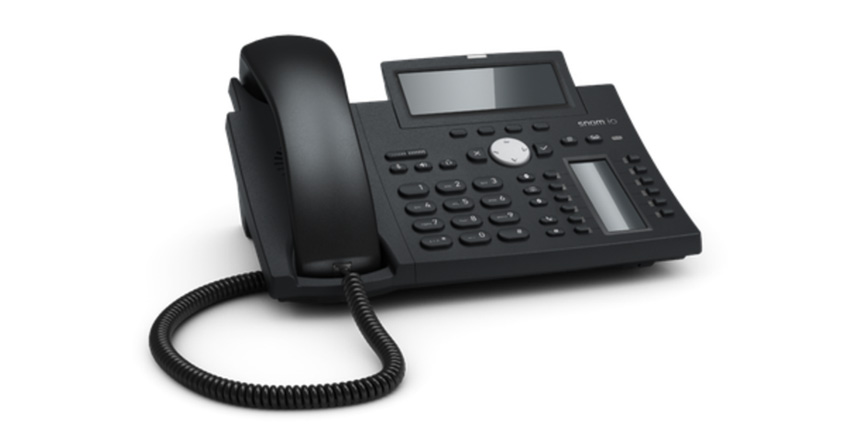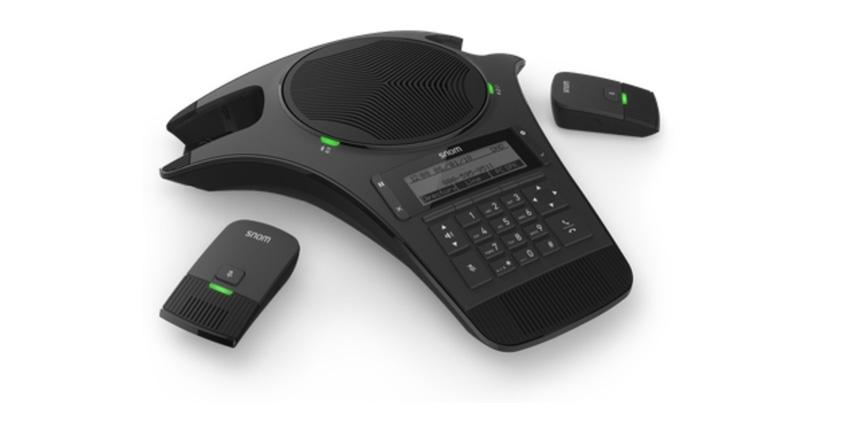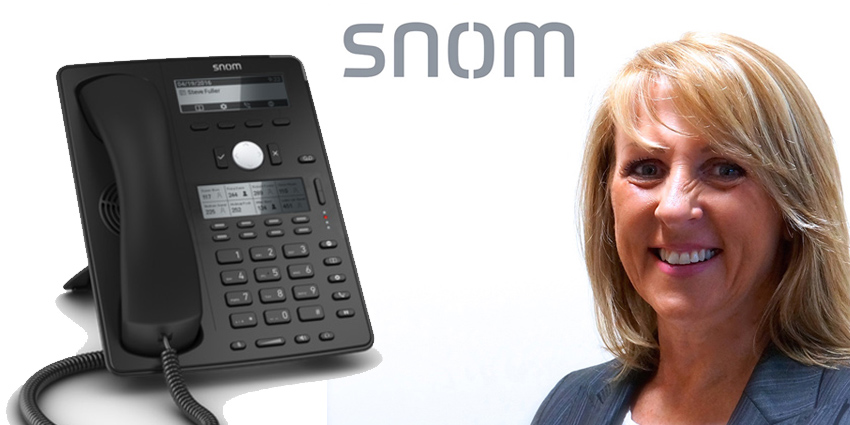Sometimes, the success of any communication or UC strategy doesn’t come down to the type of software you’re using, but the endpoints that connect one individual to another. Unfortunately for vendors and resellers, determining how to sell the right endpoint, to the right user, at the right time, can be a serious challenge. Attempt to make the wrong sale, and you could end up alienating your consumer or sending them into the arms of your competitor.
To help give you a better insight into how you can match the right endpoint, to the right user, I spoke to the expert, Alison Tetlow, from SNOM, who was kind enough to give me her insights into endpoint sales.
How Do You Match the Right Endpoint to the Right User?
Linking the perfect endpoint to the right user is all about understanding who you’re selling to. If you can get to the bottom of what your customer wants, and needs from their communication strategy, then you can offer a solution that responds specifically to their unique problems. Alison told me:
“Selecting the right IP phone for your users is not a trivial task, especially when dealing with a large project with multiple user types. The features and functionality you need in your IP Handset will vary depending on the use intended for the business.”

In other words, it’s about finding out what your customer needs, then adapting your solution to meet those requirements. In terms of making the choice between proprietary phones, and SIP phones, Alison suggested that standard based VoIP phones typically offer an “abundance of features” that allow for the delivery of additional services and accessibility that provides a richer communication experience. She noted that while VoIP features are important, “the handset you choose can ease your user’s access to key features. This is why interoperability with multiple switch providers is a key consideration when selecting an IP phone.”
What Advantages do Desk Phones Have Over Softphones?
So, what about the battle between desk phones and softphones? As we move deeper into digital transformation, I asked Alison whether desk phones could become a thing of the past:
“How many offices do you walk into today where there is no desk phone in sight? Part of the reason for the continued popularity of the desk phone is that it is dependable both in availability and quality. While we might chat with friends and family on an unpredictable quality device or use the mobile for the convenience of anywhere contactability, when it comes to serious businesses and we have the choice we want to be sure the quality is clear and the line reliable.”
Alison also linked the importance of the standard desk phone, to the growing popularity of BYOD solutions in the workplace. She suggested that as telephony becomes such a ubiquitous part of the business environment, it’s easy for companies to forget that not all phones are created equal. According to Alison, BYOD solutions may disregard both the “value and importance” of the quality offered by powerful IP desk phone systems.
How are Conferences and Communication Changing?
The standard conference phone today has changed significantly in terms of function and features when you compare it to a conference phone from ten years ago. As new solutions and services emerge to improve UC, the conference phone remains to be a “tried and true collaboration tool”, as Alison told me.
However, she also noted that it has “improved over recent years and provides easy to use interfaces, full duplex, HD audio, and echo cancellation to enhance voice quality and create easy listening.”
Speaking of easy listening, and the changing nature of the workplace, I also wanted to ask for Alison’s opinion on the changing nature of wireless phones, and the “DECT vs WiFi” debate for communication. In the UK, we often think of DECT as the standard for wireless, but as the world grows more focused on remote work, it’s interesting to consider whether WiFi could be the way forward. Alison commented:
“It’s not a battle, it’s a choice. DECT is more stable than . Smartphones have more flexible coverage. Features, coverage, control, and costs are all considerations and the wireless phone selected will be the balance between the features that the user needs and what the business management wants in terms of control and management.”
What Does the Future Look Like for IP Endpoints?
IP endpoints are more important today than they’ve ever been. A huge 500% growth in hosted PBX sales since 2010 has helped to propel the rate of SIP phone sales forward and hosted PBX accounted for 17.9% of all business systems in 2016. Without hosted PBX, we couldn’t possibly have the robust and powerful SIP market we know today. 89% of all new phone systems have VoIP connections attached.

I asked Alison what she believed the future would hold for IP endpoints. She said that desk phones, softphones, BYOD mobile phones, and various other communication solutions are all valid options in their own rights. However, SNOM’s partners tell them people are looking for “an always-on, reliable device”. According to SNOM, and Alison:
“Today’s business environment requires a good mix of communication devices designed to match a range of scenarios. The desk phone is still a major ingredient in that mix, and the introduction of new capabilities and features will help us to meet the needs of business users.”







